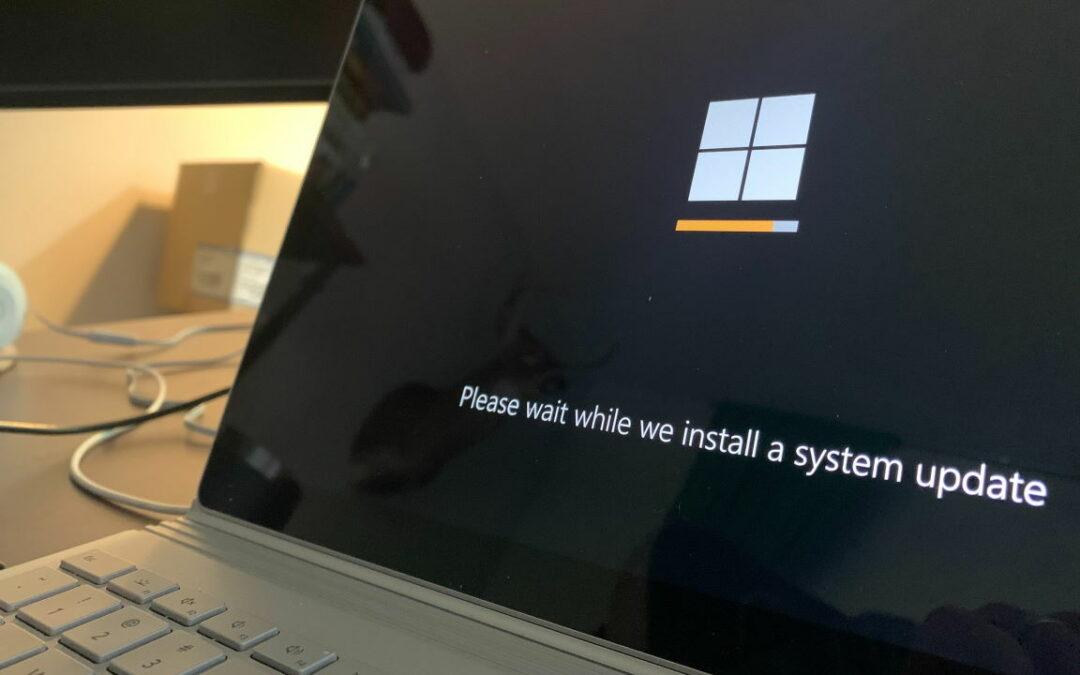Microsoft identified this as the main reason some devices aren’t achieving a ‘fully up-to-date’ state.
Updating Windows can be a frustrating process, but Microsoft has identified a key factor in why devices may struggle to achieve the state of “fully up-to-date.”
In a post on the Microsoft Tech Community website, via BleepingComputer, David Guyer, Program Manager for Windows Updates in Endpoint Manager, explains how a device running Windows needs two periods of time connected to the internet (and Windows Update) to successfully update. The first period spans “two continuous connected hours” followed by “six total connected hours” after an update is released.
That total time of eight connected hours ensures any update Microsoft releases for its operating systems will be installed successfully. Guyer says the time a device is powered on and connected to Microsoft services such as Windows Update is referred to as “Update Connectivity” internally. The eight-hour period is therefore known as the “minimum Update Connectivity measurement.”
Although Guyer’s post is clearly aimed at business users, ensuring Windows is always up-to-date is important for all users as it improves security and reliability. If your Windows device regularly says that updates need to be installed, or they take a long time to complete, it could be that your Update Connectivity measurement is below the required minimum. In that case, Microsoft encourages users to leave their devices powered on and connected to the internet for longer. Leaving it on overnight is suggested as a solution.
Guyer repeatedly references Windows 10 with regards to the Update Connectivity measurement. Windows 11 updates are meant to be 40% smaller and more efficient, so it could turn out the Update Connectivity minimum will decrease when we reach a point where the majority of Windows users have upgraded to Microsoft’s latest OS.
Source: Windows Requires a Minimum of 8 Hours Online to Update Successfully | PCMag

